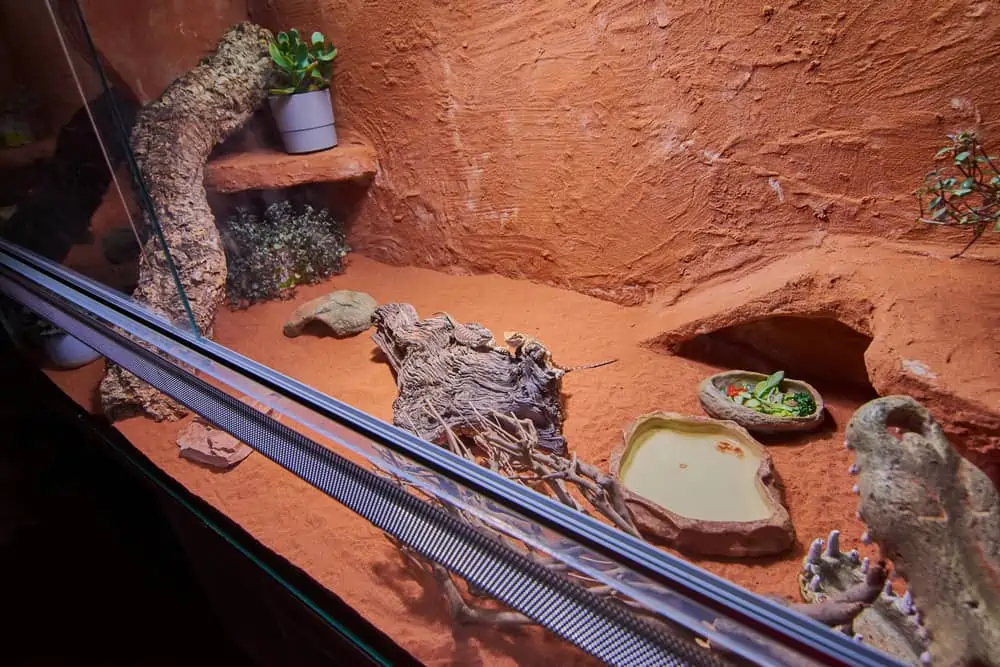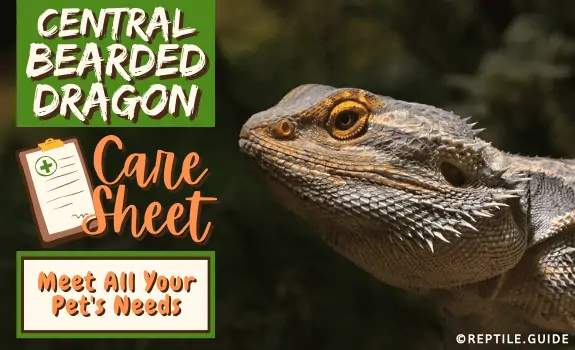When considering reptiles as pets, many individuals are drawn to the charming and friendly bearded dragon. But a common question that arises among potential owners is, “bearded dragon how big do they get?” Understanding the size of these fascinating creatures is vital not only for their care but also for ensuring their living environment is conducive to their needs. In this article, we will delve into various aspects of bearded dragon growth, including factors influencing their size, comparisons with other lizards, and essential care tips.
Understanding Bearded Dragon Growth

Bearded dragons, native to Australia, have become popular pets due to their docile nature and manageable size. However, prospective owners often wonder about their growth patterns and how large they can potentially grow.
The Average Size of Bearded Dragons
Typically, adult bearded dragons reach an impressive length of 18 to 24 inches. This measurement includes their head, body, and tail. The typical weight of an adult can vary significantly, ranging from 300 to 500 grams. It’s essential to note that captive breeding may lead to slight variations in size compared to wild populations, where food availability and environmental factors can influence growth.
Factors Influencing Size
Several factors play a crucial role in determining just how big a bearded dragon can get:
- Genetics: Like all animals, genetics significantly affect growth. Some breeds or bloodlines of bearded dragons may naturally grow larger than others.
- Diet: A well-balanced diet consisting of insects, greens, and occasional fruits contributes to healthy growth. Nutritional deficiencies can halt growth or lead to health complications.
- Environmental Conditions: Proper heating, lighting, and space in their habitat influence growth. A comfortable and stimulating environment is vital for optimal development.
Growth Stages
Bearded dragons undergo several growth stages, each marked by significant changes in size and behavior:
- Hatchling Stage: From birth to around three months, hatchlings usually measure about 4 to 10 inches long. During this period, they grow rapidly, often doubling their size within weeks.
- Juvenile Stage: Between three to six months, juveniles can reach up to 12 to 14 inches. This stage is characterized by increased activity and exploration.
- Sub-Adult Stage: As they approach maturity, between six months to one year, they may grow to 16 to 18 inches. Nutrition during this phase is critical to ensure proper growth.
- Adult Stage: By the age of one to two years, bearded dragons typically reach their full size, averaging between 18 to 24 inches.
Comparisons to Other Reptiles

When exploring the question of “bearded dragon how big do they get,” it’s useful to compare them with other commonly kept reptiles to better understand their size and care requirements.
Bearded Dragons vs. Other Lizard Species
- Leopard Geckos: Typically reaching around 7 to 10 inches, leopard geckos are much smaller than bearded dragons. Their smaller size makes them easier to care for; however, they have different habitat requirements.
- Iguanas: Iguanas are significantly larger, often growing up to 5 to 6 feet in length. Their size necessitates a considerably larger enclosure and more complex care routines.
- Blue-Tongue Skinks: These lizards generally grow to about 18 to 24 inches, similar to bearded dragons. However, their dietary needs differ, focusing more on fruits and vegetables compared to the insectivorous diet of bearded dragons.
Size Implications for Care
The size of a pet reptile plays a pivotal role in their care needs:
- Housing: A larger lizard like a bearded dragon requires ample space for movement and exploration, whereas smaller species can thrive in more compact habitats.
- Feeding: The dietary requirements differ based on size. Understanding the size implications aids in preparing suitable meals and maintaining proper nutrition.
- Handling: Larger reptiles tend to need more careful handling techniques. As bearded dragons grow, developing a comfortable routine for handling them becomes essential.
Tips for Ensuring Healthy Growth

Understanding the question “bearded dragon how big do they get” goes hand-in-hand with adopting practices that promote healthy growth. Here are some practical tips:
Providing Proper Nutrition
- Balanced Diet: Incorporate a mix of insects, leafy greens, and occasional fruits to ensure adequate nutrition. Young bearded dragons require a higher protein intake for rapid growth, while adults should transition to a more herbivorous diet.
- Supplements: Calcium and vitamin supplements can be vital, especially for young bearded dragons, to prevent metabolic bone disease and support proper skeletal development.
Creating an Ideal Habitat
- Terrarium Size: Choose an appropriately sized terrarium, ideally at least 40 gallons for adults. Inadequate space can hinder their ability to move and grow healthily.
- Lighting and Temperature: Provide UVB lighting and a temperature gradient within the habitat to mimic natural conditions. Warm basking spots allow them to regulate their body temperature effectively.
Regular Veterinary Check-ups
Routine veterinary visits are essential to monitor overall health and growth. A vet familiar with reptiles can provide advice tailored to your bearded dragon’s specific needs.
Enrichment Activities
Engage your bearded dragon with various enrichment activities such as climbing structures, hiding spots, and interactive toys to promote physical activity, which is crucial for preventing obesity and promoting healthy growth.
FAQs

What is the average lifespan of bearded dragons?
Bearded dragons typically live for 10 to 15 years when cared for properly. A healthy diet, appropriate habitat, and regular vet check-ups contribute to longevity.
Can bearded dragons change color?
Yes, bearded dragons have the ability to change color, primarily as a response to temperature, mood, or stress. They often darken when stressed or cold and lighten when relaxed and warm.
Do bearded dragons require special lighting?
Absolutely! Bearded dragons need UVB lighting for proper calcium metabolism. Without it, they can develop serious health issues like metabolic bone disease.
How often should I feed my bearded dragon?
Young bearded dragons (under six months) should be fed daily, while adults can be fed every other day. Portion sizes depend on their individual size and activity level.
Are bearded dragons social animals?
Yes, bearded dragons are known for their social behavior and can enjoy interaction with their owners. Regular handling can help them become more accustomed to human interaction.
Conclusion

In summary, understanding “bearded dragon how big do they get” is crucial for anyone considering adding one of these delightful reptiles to their family. By taking into account their growth stages, comparing them to other lizards, and implementing best care practices, owners can ensure their bearded dragons lead happy and healthy lives. Whether you’re captivated by their charming personalities or their distinctive appearance, bearded dragons make for wonderful companions when given the right environment and care.






